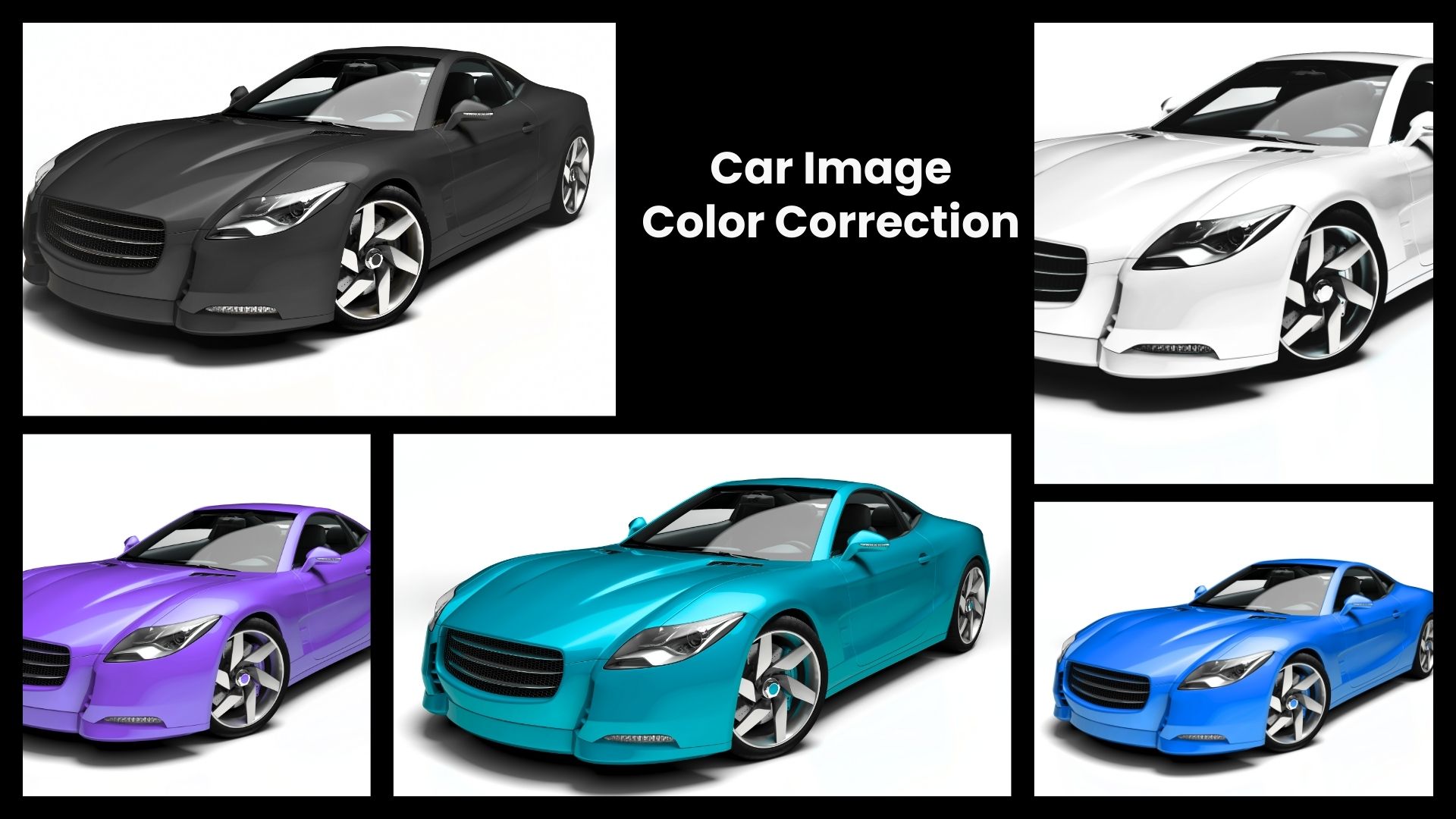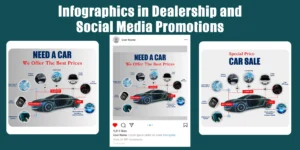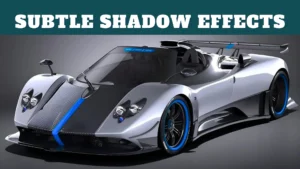In the car market, visuals matter. Great images grab attention, so high-end automotive photography is key to marketing. But getting the perfect image is more than just having a great camera and lighting; color correction is a big part of getting the car to look its best. This post is about color correction in automotive photography and how it helps images and marketing.
Table of Contents
ToggleColor Correction

What is Color Correction?
Car Image Color Correction is the process of tweaking and refining the colors in an image to get accuracy and visual appeal. This means:
- White Balance: Make white elements in the image neutral, and correct color temperature issues.
- Color Cast Removal: Remove unwanted tints that can change the color of the car.
- Saturation and Contrast Adjustment: Boost the image without making it look fake.
Color correction ensures the final image is a true representation of the car, so it looks better and more trustworthy to the buyer.
Why Color Accuracy Matters
Color accuracy is important in automotive photography for:
- Trust: Buyers expect to see the real color of the car. Any deviation will lead to disappointment and mistrust.
- Brand Consistency: Consistent color across all marketing materials helps to maintain a single brand.
- Appeal: Correct colors make the car look its best, more interesting, and engaging.
Lighting for Automotive Images
Natural vs Artificial Lighting
Lighting conditions affect how colors look in images:
- Natural Light: Can provide more accurate color but is weather-dependent.
- Artificial Light: Provides a controlled environment but can introduce color casts and uneven lighting.
Each has its challenges which color correction can fix to get the vehicle to look its best.
Lighting Challenges
- Harsh Shadows: Hide details and affect color accuracy.
- Overexposed Highlights: Wash out colors and details.
- Color Casts: Unwanted tints from lighting sources can change the vehicle’s color.
Color correction fixes these challenges by balancing the lighting and getting a more accurate and appealing image of the vehicle.
Color Correction for Automotive Images
Removing Color Casts
Color casts (green or blue tints) can come from bad lighting or camera settings. Color correction can remove these casts get the vehicle’s true colors and improve the image overall.
White Balance
White balance ensures colors are correct. Proper white balance corrects any color temperature issues, so whites are truly white and other colors are accurate.
White Balance
White balance fixes colors. Proper white balance corrects color temperature issues so whites are truly white and other colors are accurate.
Saturation and Contrast
Saturation and contrast enhance the image’s pop and depth:
- Saturation: Increases color without making it look unnatural.
- Contrast: Increases the difference between light and dark areas, and adds depth and detail to the image.
Do it carefully so it doesn’t look over-processed.
Highlighting Features
Color correction can be used to draw attention to specific parts of the vehicle, like the paint, rims, or interior details. By adjusting colors and contrast, photographers can make these features pop.
Color correction in Automotive Branding

Brand Consistency
Consistent color correction across all marketing materials maintains a consistent brand look. Consistency reinforces the brand and ensures all images look like one cohesive visual message, strengthening the overall brand.
Making the Vehicle More Desirable
Well-corrected images can make the vehicle more appealing. By showing the vehicle in its best light, color correction can generate more interest and engagement from potential buyers. High-quality, color-corrected images will grab the attention and make them want to look more.
Trust with Accurate color
Accurate color representation builds trust with customers. When customers see images that are true to the vehicle, they’ll feel more confident in their buying decision. This trust leads to higher customer satisfaction and fewer post-purchase surprises.
Tools and Techniques for Color Correction
Software
Software that is used for color correction, each with different features:
- Adobe Photoshop: Has all the color correction tools, white balance adjustment, color cast removal, and advanced color grading.
- Adobe Lightroom: Has user-friendly color correction tools with a focus on vibrancy and contrast.
- Capture One: Known for its powerful color editing and precise color control.
Basic Steps of Color Correction
- White Balance: Start by correcting color temperature issues so colors are accurate.
- Fix color Casts: Remove unwanted tints and color casts to get true colors.
- Saturation and Contrast: Adjust saturation and contrast to make it pop.
- Fine Tune: Make final adjustments to highlight features and make it look best.
Advanced
For more precision:
- Selective color: Adjust specific colors in the image.
- Curves: Fine-tune color tones and contrast.
Common Mistakes to Avoid

Over-Saturation
Too much saturation can make colors look unnatural. Enhance colors without overdoing it and keep them realistic.
Ignoring True Colors
Keeping the original color of the vehicle is key, especially for brands with specific color codes. Don’t alter the colors too much or you’ll mislead potential buyers.
Inconsistent Correction
Inconsistent color correction across different images or marketing materials can damage the brand. Keep it uniform to maintain a strong brand image.
Conclusion
Color correction is a vital part of automotive photography. By addressing lighting issues, correcting color casts, and adjusting key color elements color correction makes images look good and true to life. For automotive brands to make a big impact invest in professional color correction and get better marketing results and customer trust.










